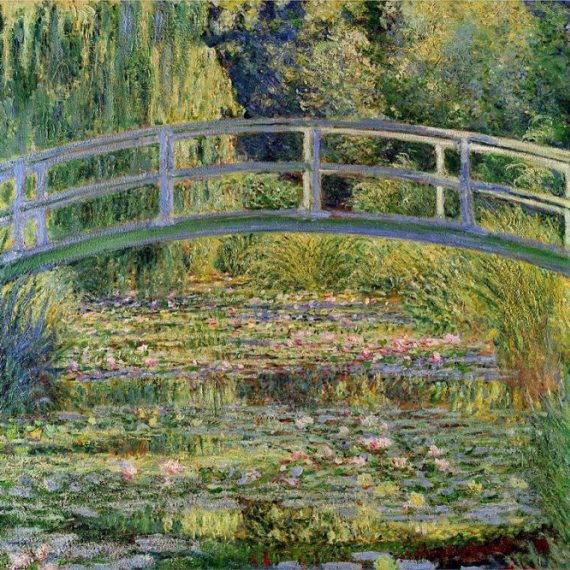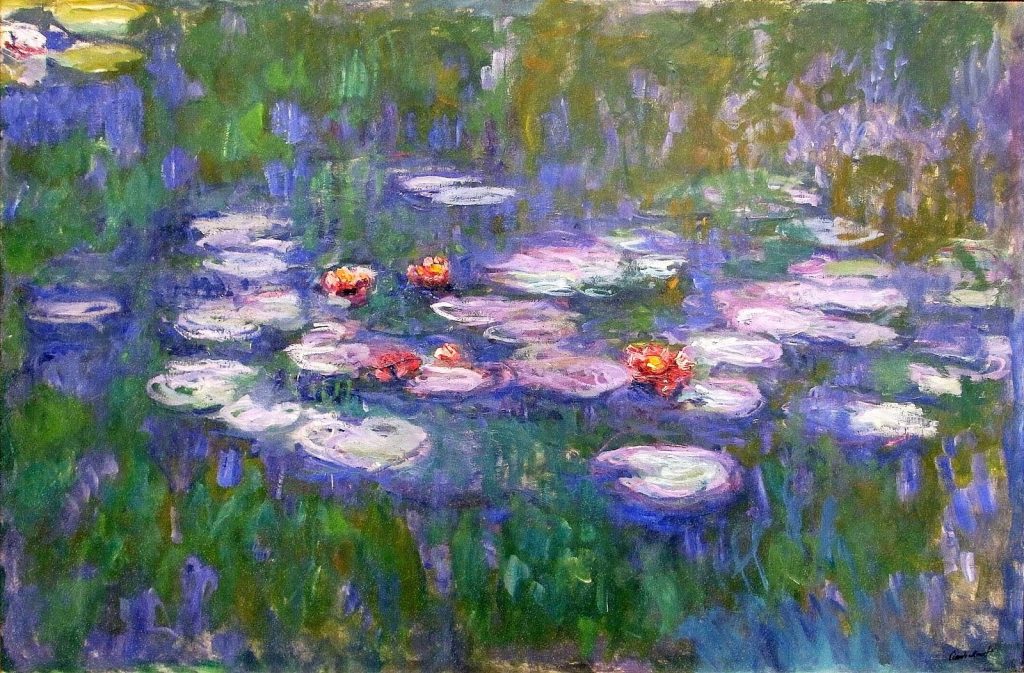
10 Aug Monet’s Water Lily Pond Bridge: A Glimpse into Nature’s Serenity
Claude Monet, a pioneer of Impressionism, is renowned for his ability to capture the essence of nature and light through his art. One of his most iconic and cherished works, “Water Lily Pond Bridge,” transports viewers into a realm of tranquility and natural beauty. This masterpiece, painted during his later years, exemplifies Monet’s unique artistic vision and his deep connection to the natural world.
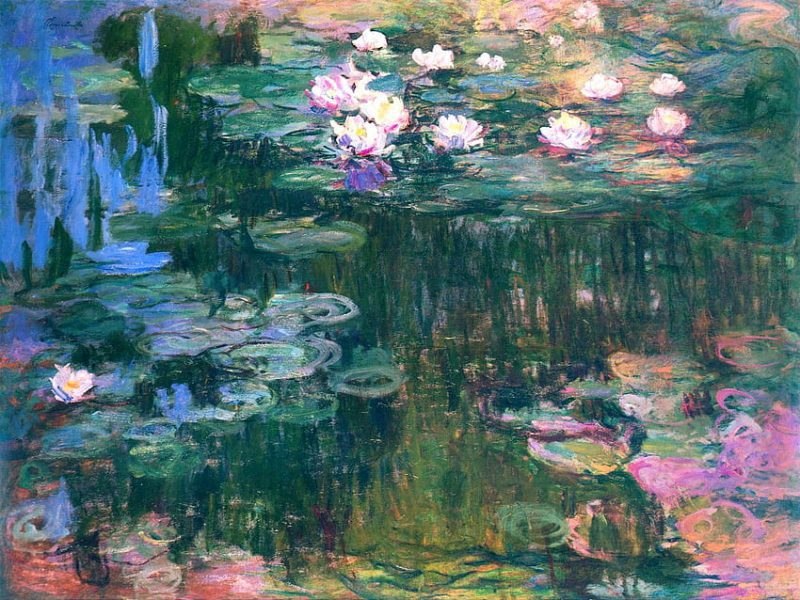
The Essence of Impressionism
Impressionism, a revolutionary art movement of the 19th century, sought to break away from traditional artistic norms and capture fleeting moments with bold brushstrokes and vibrant colors. Claude Monet, along with his contemporaries, embraced this movement and sought to portray the world as they perceived it in a momentary glance, often focusing on the interplay of light and color.
The Water Lily Series
Monet’s Water Lily Pond Bridge is part of his extensive Water Lily series, a collection of artworks centered around his own garden in Giverny, France. This series is a testament to his fascination with nature’s ever-changing beauty and his dedication to exploring its nuances. The water lily pond became his personal sanctuary and a canvas for his artistic experiments.
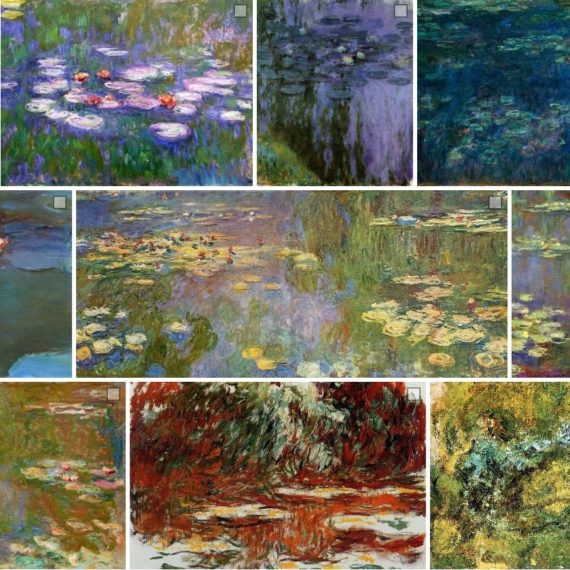
Capturing Tranquillity
In “Water Lily Pond Bridge,” Monet invites us into a world of serenity and contemplation. The delicate arch of the Japanese bridge reflects on the tranquil surface of the pond, creating a harmonious connection between the earthly and aquatic realms. The lily pads, rendered in vibrant greens and soft purples, seemingly float on the water’s surface, providing a sense of weightlessness and calm.
The Play of Light and Color
Monet’s mastery lies in his ability to depict the effects of light at different times of the day and under various atmospheric conditions. In this particular artwork, the dappled sunlight filters through the trees, casting shimmering reflections on the water’s surface. The bridge itself is bathed in sunlight, its warm hues contrasting against the cooler tones of the surrounding foliage and water.
A Glimpse of Monet’s World
Monet’s Water Lily Pond Bridge not only captures a serene moment but also provides insight into the artist’s personal connection to his surroundings. His meticulous attention to detail and his desire to evoke an emotional response from viewers make this piece a window into his own emotions and experiences. Standing on the bridge, one can imagine Monet’s contemplative moments as he observed the interplay of light, color, and nature.
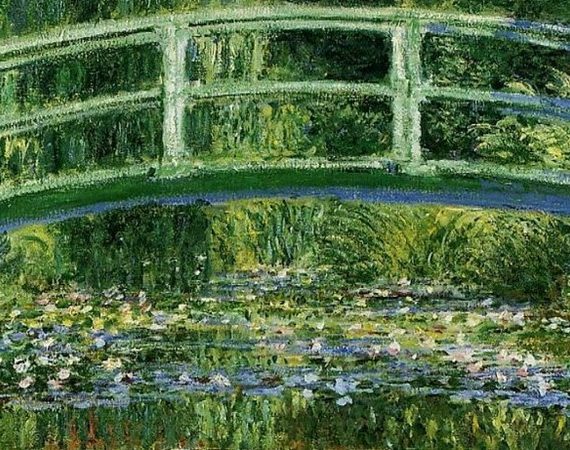
Enduring Influence
Monet’s Water Lily Pond Bridge continues to captivate and inspire art enthusiasts, nature lovers, and aspiring artists alike. Its depiction of nature’s tranquility serves as a reminder of the importance of connecting with the world around us. Beyond its aesthetic appeal, the painting carries a profound message about finding solace and beauty in the everyday.
Claude Monet’s Water Lily Pond Bridge stands as a testament to his unparalleled ability to convey the transient beauty of nature through art. With its harmonious composition, vibrant colors, and intricate play of light, this masterpiece continues to invite us to immerse ourselves in its tranquility. As we gaze upon the water lilies and the Japanese bridge, we are reminded of the timeless connection between art, nature, and the human spirit. And hence, we cant wait to paint our brand new painting Water Lily Pond Bridge by Monet, in our next Paint and Grape. Can’t make it to this one, then feel inspired by painting our Water Lily Artbox!
